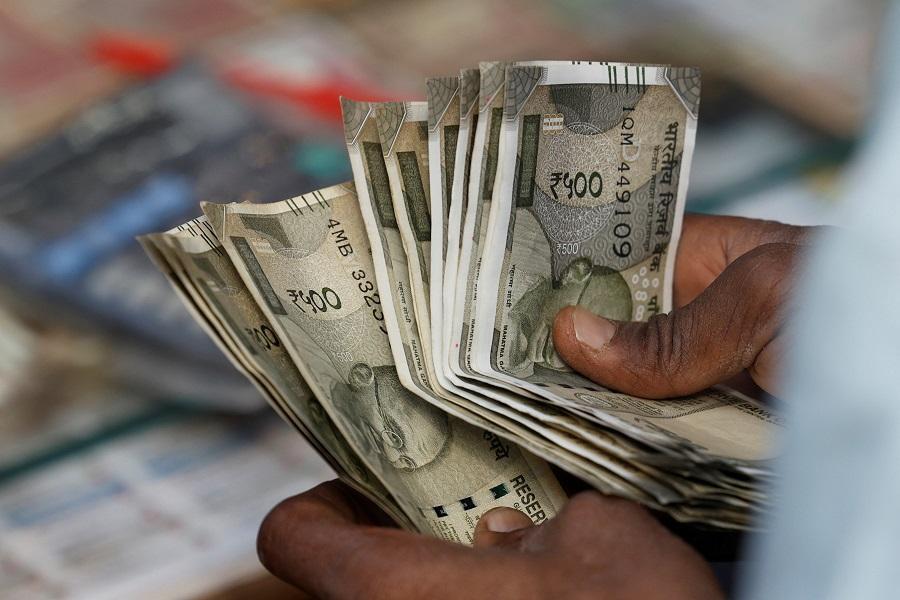
Rupee set to open weaker as Trump threatens 25% tariff on exports
The Indian rupee is likely to open weaker on Thursday, following a fresh threat from US President Donald Trump to impose a 25% tariff on Indian exports. This move has sent shockwaves through the foreign exchange market, with traders expecting the Reserve Bank of India (RBI) to intervene to stabilize the currency.
The rupee has been under pressure in recent weeks, with the US-China trade tensions and a widening trade deficit taking a toll on the currency. However, Trump’s latest threat has sent the rupee plummeting, with the 1-month non-deliverable forward (NDF) suggesting an opening range of 87.66-87.69, versus 87.42 previously.
The threat of a 25% tariff on Indian exports comes despite ongoing talks between the two countries to resolve their trade differences. The move is seen as a major blow to India’s economy, which is heavily reliant on exports to the US.
The rupee has already weakened significantly in recent months, with the currency crossing the 87 level against the US dollar for the first time in August. The currency has been under pressure due to a combination of factors, including a widening trade deficit, a decline in foreign institutional inflows, and a rise in crude oil prices.
The RBI has been actively intervening in the foreign exchange market to stabilize the rupee, with the central bank buying dollars to curb the currency’s decline. However, the RBI’s efforts have been hampered by the recent surge in foreign portfolio outflows, which has put pressure on the currency.
The 1-month NDF, which reflects market expectations of the rupee’s future value, suggests that traders expect the currency to weaken further in the coming months. The NDF is a widely watched indicator of market sentiment, as it reflects the expectations of traders and investors about the future value of the currency.
The rupee’s weakness has significant implications for the Indian economy, particularly for import-dependent sectors such as pharmaceuticals, textiles, and IT. The currency’s decline will increase the cost of imports, which could lead to higher inflation and potentially hurt economic growth.
The Trump administration’s threat to impose a 25% tariff on Indian exports is seen as a major challenge for the Indian government, which has been trying to negotiate a free trade agreement with the US. The trade agreement, which has been stalled for several years, is seen as crucial for India’s economic growth, as it would provide a boost to exports and help reduce the country’s trade deficit.
In recent months, the RBI has been taking steps to stabilize the rupee, including increasing foreign exchange reserves and intervening in the currency market. However, the central bank’s efforts have been hampered by the recent surge in foreign portfolio outflows, which has put pressure on the currency.
The RBI has also been working to reduce the country’s dependence on imported goods, by promoting domestic manufacturing and reducing the import burden on the economy. The central bank has also been trying to boost foreign institutional inflows, by improving the country’s investment climate and reducing regulatory hurdles.
In conclusion, the rupee is likely to open weaker on Thursday, following a fresh threat from US President Donald Trump to impose a 25% tariff on Indian exports. The move has sent shockwaves through the foreign exchange market, with traders expecting the RBI to intervene to stabilize the currency. The rupee’s weakness has significant implications for the Indian economy, particularly for import-dependent sectors. The RBI’s efforts to stabilize the currency will be closely watched, as the central bank tries to mitigate the impact of the trade tensions on the economy.



